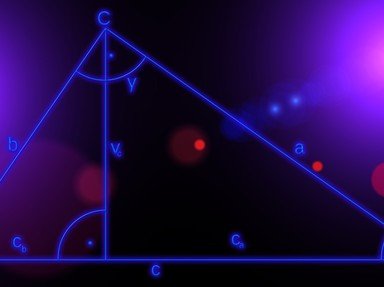Quiz Answer Key and Fun Facts
1. What day is National Pi Day in the U.S.? (Think about pi...)
2. If you were to find the volume of an object, you might use pi. Which of these would not need pi in order to find the volume?
3. Which of these numbers is pi closest to?
4. Which of these letters does the symbol for pi most resemble?
5. Which of these mathematical equations would always have an end result of pi?
6. If you had a circle with a radius of 50 centimeters, what would the circumference be?
7. What length does the diameter have to be in order for both the circumference AND the area to be the same?
8. Imagine that there is a square that is 13 centimeters by 13 centimeters. Inside the square is a circle that has a diameter of 8 centimeters. Roughly what percentage of the square is not contained within the circle (outside of the circle but inside of the square)?
9. What is the volume of a cylinder with a diameter of 20 inches and a height of 13 inches?
10. What is the surface area of a cylinder that has a diameter of 20 inches and a height of 13 inches?
Source: Author
salami_swami
This quiz was reviewed by FunTrivia editor
crisw before going online.
Any errors found in FunTrivia content are routinely corrected through our feedback system.


